#tf is the deal with greek mythology man
Explore tagged Tumblr posts
Text
Attis - Day 57
Race: Kishin
Arcana: Hanged Man
Alignment: Light-Neutral
June 18th, 2024
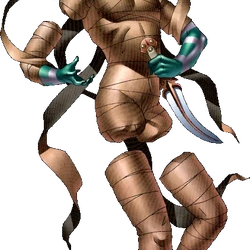
It's odd that this is the first figure from Greek Mythology I'm covering, given how widespread it is throughout the series, honestly, but I'm not complaining. Something that I have to give SMT a lot of props for is how it goes into far more obscure things from mythology- sure, you've got your Thoth's, your Odin's, your Shiva's, and your Baphomets, but something this series does a lot that I adore is that it creates demons for some of the most obscure figures out there. Sure, it makes researching them difficult (a la Porewit) but the spotlights (heh) that this series shines on otherwise obscure figures is fantastic. Case in point, today's Demon of the Day, Attis.
While everyone knows the Greek pantheon, there are so many lesser gods in the sprawling labyrinth of Greek mythology, gods worshipped by obscure cults or left in the tradewinds of history. Attis, of course, was one of these gods, but he also had another reason- he was from a completely different mythological origin. In Phrygian myth, the archetypical 'Mother Nature' was a character named 'Cybele,' who has her own tonnes of myths to tell. However, when the Greeks began to subsume into the rest of the Phrygian people, she was met with a mixed response. Some took her to become a new form of Gaia, the Greek goddess of nature, while others took off and painted her as an exotic goddess whose meaning couldn't be known. Now, what does this have to do with Attis? He was her consort.
The tales surrounding Attis are, and I cannot stress this enough, insane. Everything happens in them from weird amounts of hatred towards an intersex prophetic child, to a cycle of life and rebirth, and I'm a bit scared of going into it, but... okay. Let's do this. Recanted in Catullus 63, the first recorded tale of Attis begins with, and I'm not kidding, him castrating himself. Right off the bat. Yup, this is one of those stories. And I quote,
Over the vast main borne by swift-sailing ship, Attis, as with hasty hurried foot he reached the Phrygian wood and gained the tree-girt gloomy sanctuary of the Goddess, there roused by rabid rage and mind astray, with sharp-edged flint downwards dashed his burden of virility. Then as he felt his limbs were left without their manhood, and the fresh-spilt blood staining the soil, [text]
We just got here! Okay, okay, I'll continue. The story goes on to describe the aftereffects, and the motivation for this sudden castration, that being a fanatical obsession with the nature goddess, Cybele. After he awakens in likely the world's first (and worst) hangover, he looks out and bemoans his fate, having been left behind by his companions who had already run to pursue the goddess. However, from what I can tell of this story, given the confusing wording, the goddess grants the man permission to drive one of her nuns to 'his allegiance.' I can assume this means someone in his home kingdom, but I'm not very sure? It might be referring to the goddess herself. My lack of knowledge in ye olden terms has made this a headache and a half. Later in the story, after his self-mutilation led to his death, he would later be revived by Cybele, becoming her consort.
A later addition expands on this, giving light to Attis' birth- in the story regarding it, it begins with, as always, Zeus being Zeus. In the tale, he fell in love with Cybele, who didn't return his advances, but... of course, with him being himself, he forced himself on her. Her child would later be reared, a deity called Agdistis who was notable for being a hermaphrodite, essentially 'male and female.' For whatever reason, the gods got terrified of how particularly powerful they were, and proceeded to... castrate Agdistis. What the fuck is with the castration?! Jesus Christ! From the blood left behind, an almond tree spurted forth, and a nearby woman named Nana would decide to take an almond and put it in her bosom. Okay. This led to her getting pregnant. Okay. Later on, she would give birth to the newborn Attis, before promptly throwing the kid out into the nature, to which he was soon raised by a goat. Oh kay.
A lot of stuff relating to Attis has been lost to time, especially given that he was only really worshipped in, you guessed it, cults. Originally, separated from the Greek mythology he would later be co-opted into, a cult formed surrounding him in 1250 BCE, in-and-around an area of modern-day Turkey called, and I kid you not, Dindymon. Originally worshipped as a semi-deity in the area, he would later become slowly integrated into Greek mythology as several Greek cults began to form surrounding Attis around the fourth century BCE. In Phrygian culture, later adapted into Greek, Attis was a deity who represented vegetation and the cycle of fruits- particularly, the castration story (yes, again) represented the idea of fruits dying in the winter then coming back in the spring; the date of Attis's revival, that being the spring equinox, is no coincidence. Frankly, though, as pretty as this concept is, the absurd amount of castration in his stories is just... Why? Why are you like this, Greek Mythology?
Okay, now with all of that over with, how is he portrayed in the series? I honestly really like his design. The bandages and the blade make him look rather unique, and I really do enjoy just how bizarre he looks. Wait, but is the reason why his legs are separated from his body...
No.
You have got to be fucking KIDDING ME.
IT'S CASTRATION AGAI
#shin megami tensei#smt#megaten#persona#daily#attis#for a bit of context#attis' ties with greek mythology are... strange?#he was worshipped in greek myth#yes#but his connections were almost exclusively tied to cybele.#tw sa mention#tw sa#the amount of castration in everything related to attis is alarming#tf is the deal with greek mythology man
17 notes
·
View notes
Text
Reading the Iliad, Book 15 thoughts
This is my first time ever reading it and I know next to nothing abt greek mythology so if I interpret anything wrong by all means pls correct me
Im reading the Robert Fagles translation
Zeus wakes up and sees Poseidon leading the Achaean charge, and Hector still trying not to die from the rock Ajax (greater) threw at him and Zeus is PISSED
I feel really bad for Hera bc Zeus is shitty to her and there is nothing she or anyone when he decides to get physical in his anger
He's so angry that the first part of a large ass paragraph is just him reminding her of that one time he strung her up in the air by an unbreakable golden chain and tied anvils to her feet while no one could help her
Like wtf
Hera swears that the Poseidon thing was not her doing
Homer goes thru the whole Patroclus dying and then Hector dying thing again but I'm sure none of that will be important in the next book
But until then Zeus says he must keep his deal with Thetis.
"Nor will I permit a single immortal god to save the Argive forces, not till Achilles' prayer has been fulfilled." This name really jumps out to me because Achilles' prayer cannot truly be completed until Patroclus dies. He prayed for the death of Patroclus in a way.
Ig no one told Ares that his son fucking died until Hera just blurts it out and not even in a convo with Ares himself. 😭
Ares stands up to go enact his wrath on the Argives or something but Athena snatches the spear from his hand while she yells at him. He sits down again
Zeus sends Iris to tell Poseidon that he said to knock that shit off
Poseidon says no
Super bold of him but okay
Iris “Bro are you sure you want me to tell Zeus u said that?” Poseidon says yes
But then he leaves anyway
Apollo is charged with making sure Hector is alright so that he and the Trojans can push the Greeks back
Hector thinks he’s dying because that rock had some power behind it ig
Apollo heals him and boom Hector is in the game again
“I thought we killed you??” - The Greek army
The Greeks are getting slaughtered and they’re getting super fucking scared and start running
The Trojans start bounding toward the Greek ships
Lmao and the Argives decide that now is the time to pray
Nestor screams his prayer at Zeus who hears him and sends down a clap of thunder? Letting them know they aren’t COMPLETELY ass out
Cut to Patroclus who is still sitting with the man whose leg he healed
Reminding me that the last 3 damn books have all taken place on the same day💀
Patroclus hears the commotion and runs off to try and convince Achilles to fight
By this time the Trojans physically make it onto the ships
Anyway, the Trojans manage to get onto the ships which I imagine is not ideal for the Greeks
Tuecer shoots an arrow at Hector but it does fuck all to him. Ajax (greater) tells him to put down his shitty little arrows and pick up a fucking spear if the bow isn't doing anything💀
Antilochus sees Hector going wild and just turns tail and runs lmao
Nestor starts stressing tf out and he's like guys "Please remember why we're here", he even drops to his knees
Both armies clash again
Ajax (greater) hangs back protecting the ships
4 notes
·
View notes
Text
SJM's pinterest board. ACOTAR 6/7.
(No conclusion just suspicious stuff lmao)
Here's a photo i found on SJM's ACOTAR pinterest board:

THE MOIRAI (Moirae) were the three goddesses of fate who personified the inescapable destiny of man (and women). The role of the Moirai was to ensure that every being, mortal and divine, lived out their destiny as it was assigned to them by the laws of the universe.
In nearly all mythologies the three Fates, rulers of the past, present and future, are represented and many believe they symbolize the Triple Goddess, Virgin, Mother and Crone (Creator, Preserver and Destroyer).
In Greek mythology, the Moirai—often known in English as the Fates—were the white-robed incarnations of destiny.
“There were at least three dozen priestesses who worked and researched and healed here, though it was nearly impossible to count them when they all wore the same pale robes and so many kept the hoods over their faces.”
Clotho (/ˈkloʊθoʊ/, Greek Κλωθώ, [klɔːtʰɔ̌ː], "spinner") spun the thread of life from her distaff onto her spindle.
(Clotho: the mute priestess at the library)
Lachesis (/ˈlækɪsɪs/, Greek Λάχεσις, [lákʰesis], "allotter" or drawer of lots) measured the thread of life allotted to each person with her measuring rod.
Atropos (/ˈætrəpɒs/, Greek Ἄτροπος, [átropos], "inexorable" or "inevitable", literally "unturning",[13] sometimes called Aisa) was the cutter of the thread of life. She chose the manner of each person's death; and when their time was come, she cut their life-thread with "her abhorred shears". The figure who came to be known as Atropos had her origins in the pre-Greek Mycenaean religion as a daemon or spirit called Aisa. Another important Mycenaean philosophy stressed the subjugation of all events or actions to destiny and the acceptance of the inevitability of the natural order of things; today this is known as fatalism.
The Morrígan or Mórrígan, also known as Morrígu, is a figure from Irish mythology. The name is Mór-Ríoghain in Modern Irish, and it has been translated as "great queen" or "phantom queen".
The Morrígan is mainly associated with war and fate, especially with foretelling doom, death or victory in battle. In this role she often appears as a crow, the badb.[1] She incites warriors to battle and can help bring about victory over their enemies. The Morrígan encourages warriors to do brave deeds, strikes fear into their enemies, and is portrayed washing the bloodstained clothes of those fated to die.[2][3] She is most frequently seen as a goddess of battle and war and has also been seen as a manifestation of the earth- and sovereignty-goddess,[4][5] chiefly representing the goddess's role as guardian of the territory and its people.[6][7]
Mor may derive from an Indo-European root connoting terror, monstrousness cognate with the Old English maere (which survives in the modern English word "nightmare") and the Scandinavian mara and the Old East Slavic "mara" ("nightmare");[14] while rígan translates as "queen".[15][16] This etymological sequence can be reconstructed in the Proto-Celtic language as *Moro-rīganī-s.[17][18] Accordingly, Morrígan is often translated as "Phantom Queen".[16] This is the derivation generally favoured in current scholarship.[19]
The Morrígan is often considered a triple goddess, but this triple nature is ambiguous and inconsistent. The triple appearances are partially due to the Celtic significance of threeness.
(Three is a VERY common number in acotar (might make a whole other post on that))
Could Mor be one of the fates or even something more powerful than them, could she have a bigger part than we thought in the next story with Koschei ?
In the Republic of Plato, the three Moirai sing in unison with the music of the Seirenes. The term "siren song" refers to an appeal that is hard to resist but that, if heeded, will lead to a bad conclusion.
In Greek mythology, the Sirens (Ancient Greek: plural: Seirênes) were dangerous creatures, who lured nearby sailors with their enchanting music and singing voices to shipwreck on the rocky coast of their island. It is also said that they can even charm the winds.
i bet your thinking where tf is this looney going with this....well,
i also found this photo:

Celtic Mythology The GWRAGEDD ANNWN [wives of the underworld]were lake-sirens in Wales. These lovely creatures are known to choose mortal men as their husbands. One legend has it that they live in a sunken city in one of the many lakes in Wales. People claim to have seen towers under water and heard the chiming of bells. In earlier times, there used to be a door in a rock and those who dared enter through it came into a beautiful garden situated on an island in the middle of a lake. In this garden there were luscious fruits, beautiful flowers and the loveliest music, besides many other wonders. Those brave enough to enter were welcomed by the Gwragedd Annwn and were invited to stay as long as they wanted, on the condition that they never took anything back from the garden. One visitor ignored the rule and took a flower home with him. As soon as he left the island, the flower disappeared and he fell unconscious to the ground. From that day on, the door has been firmly closed and none has ever passed through it again.
“My grandmother was a river-nymph who seduced a High Fae male from the Autumn Court.”
Gwyn believes her grandmother to be a river-nymph. Is it possible that she was not but instead a lake siren? We know that Gwyn and Catrin's names are welsh (Lake-Sirens are found in wales) and the spring court has many ties to welsh mythology so is it really that far fetched?
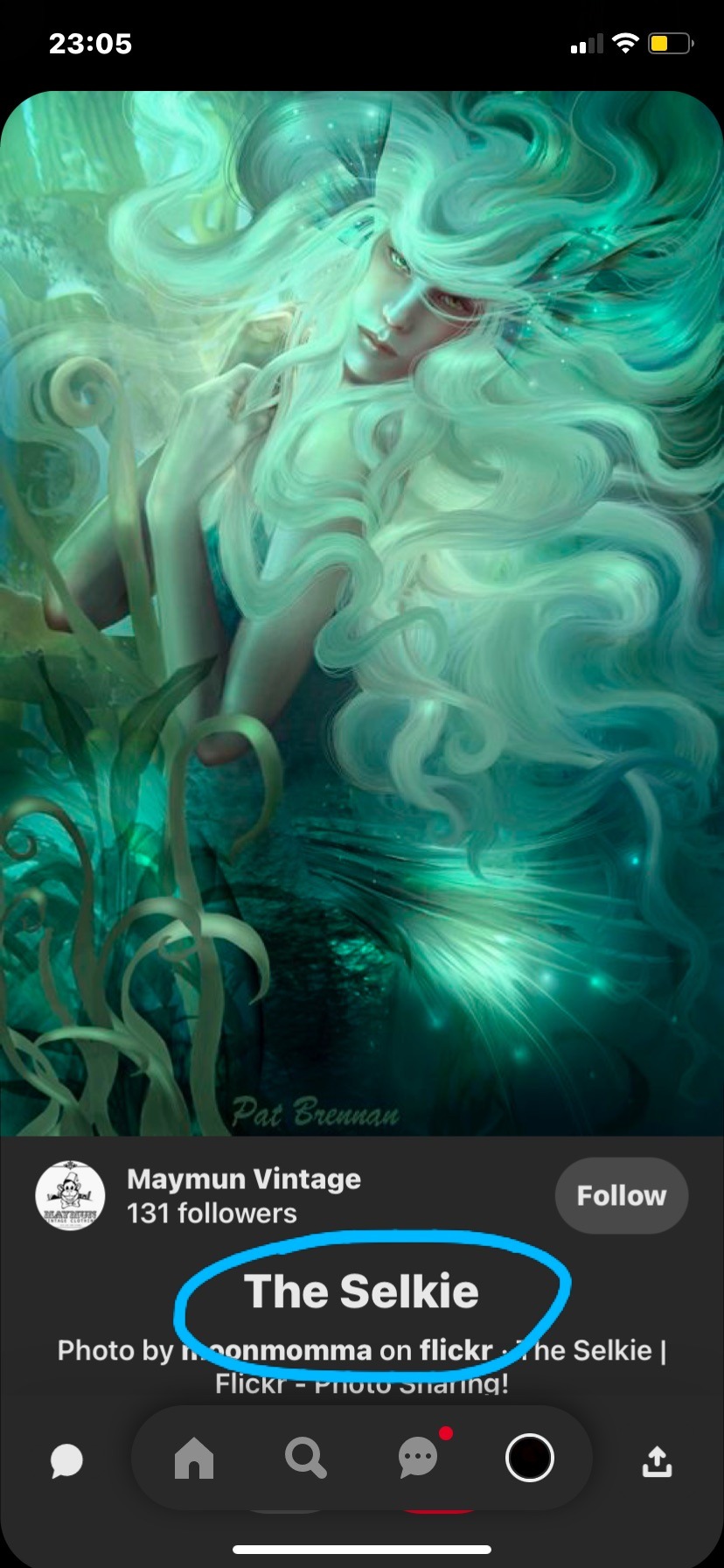
In Celtic and Norse mythology, selkies (also spelled silkies, sylkies, selchies) or selkie folk (Scots: selkie fowk) meaning "seal folk"[a] are mythological beings capable of therianthropy, changing from seal to human form by shedding their skin. They are found in folktales and mythology originating from the Northern Isles of Scotland.
To further back up this, here is another photo of a Selkie woman on SJM's pinterest.
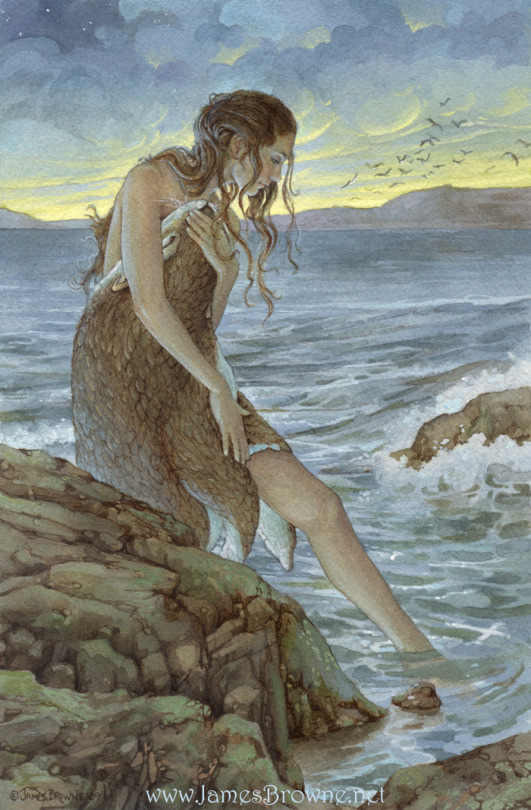
In David Thomson's book The People of the Sea, which chronicles the extensive legends surrounding the Grey Seal within the folklore of rural Scottish and Irish communities, it is the children of male selkies and human women that have webbed toes and fingers. When the webbing is cut, a rough and rigid growth takes its place.
Children born between man and seal-folk may have webbed hands, as in the case of the Shetland mermaid whose children had "a sort of web between their fingers",[25] or "Ursilla" rumoured to have children sired by a male selkie, such that the children had to have the webbing between their fingers and toes made of horny material clipped away intermittently.
“My twin had the webbed fingers of the nymphs—I don’t.”
Once again we see that Catrin posses traits of these water-creatures.
Keep in mind SJM has this on her board - The cover of Celtic folktales which has one story in particular of a 'sea-maiden' whom makes a deal with a mortal man.
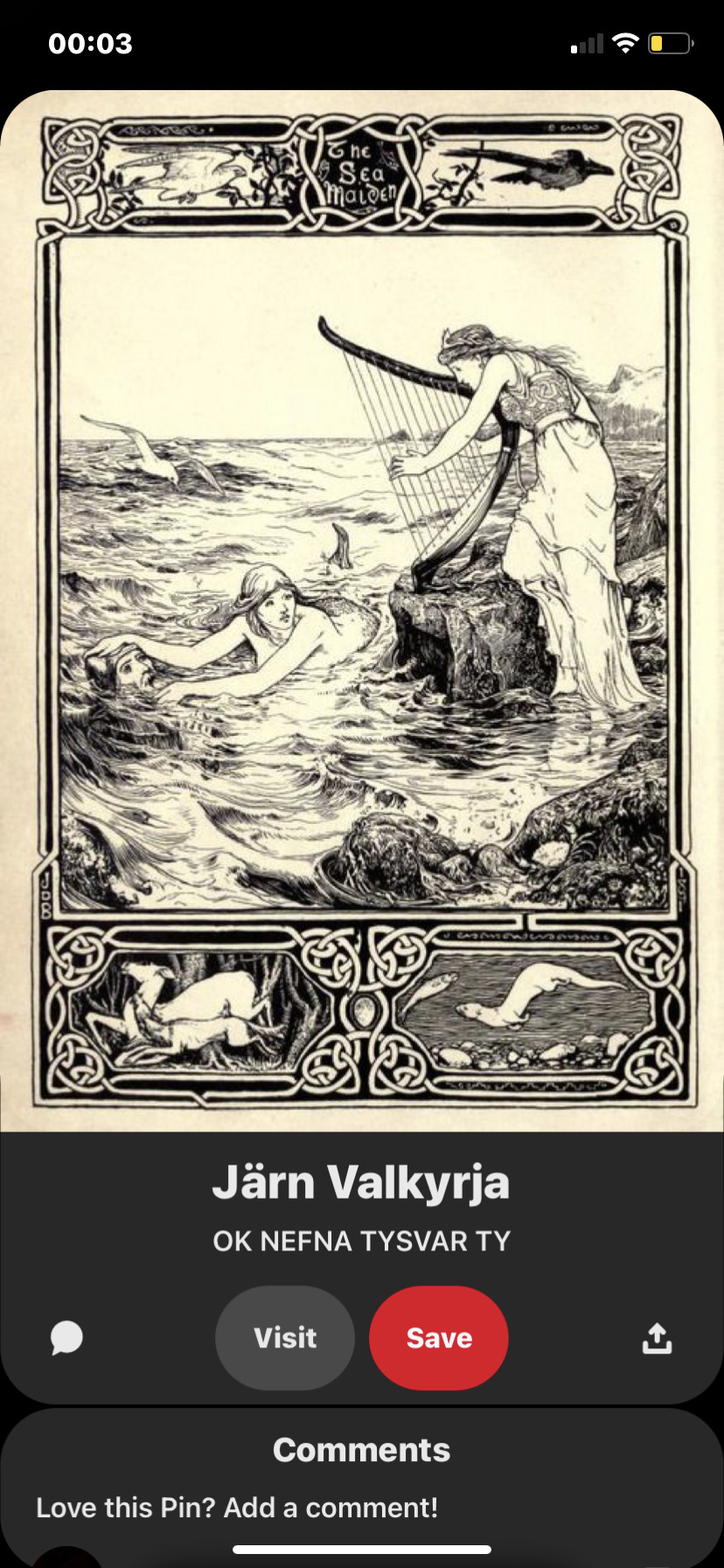
I proceeded to continue searching through the board and found this:
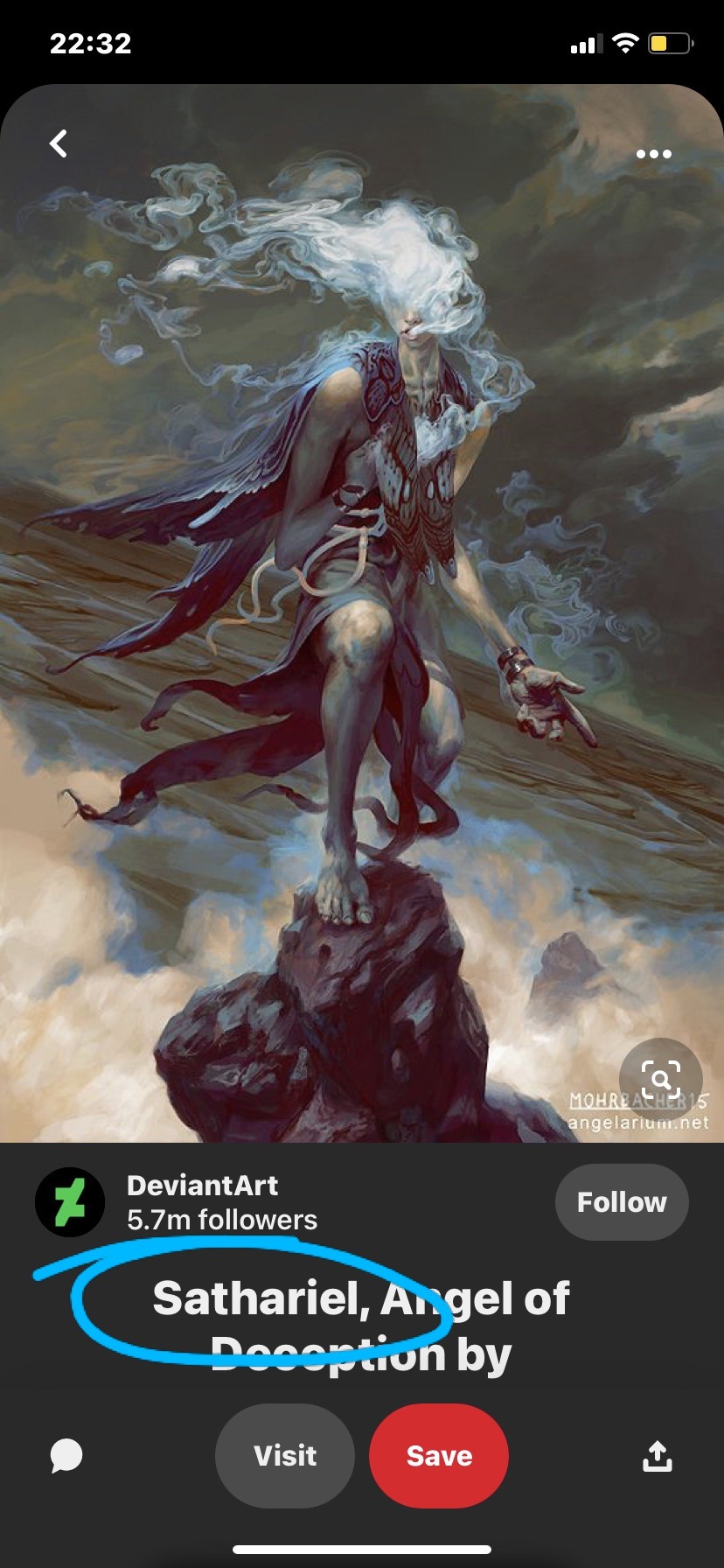
Sathariel (Hebrew סתריאל, Greek: Σαθιήλ) is one of the Qliphoth, corresponding to the Sephirah Binah on the kabbalistic Tree of life. It represents the Concealment of God, which hides the face of Mercy. The form of the demons attached to this Qliphah are of black veiled heads with horns, with hideous eyes seen through the veil, followed by evil centaurs.
'veiled heads with horns'
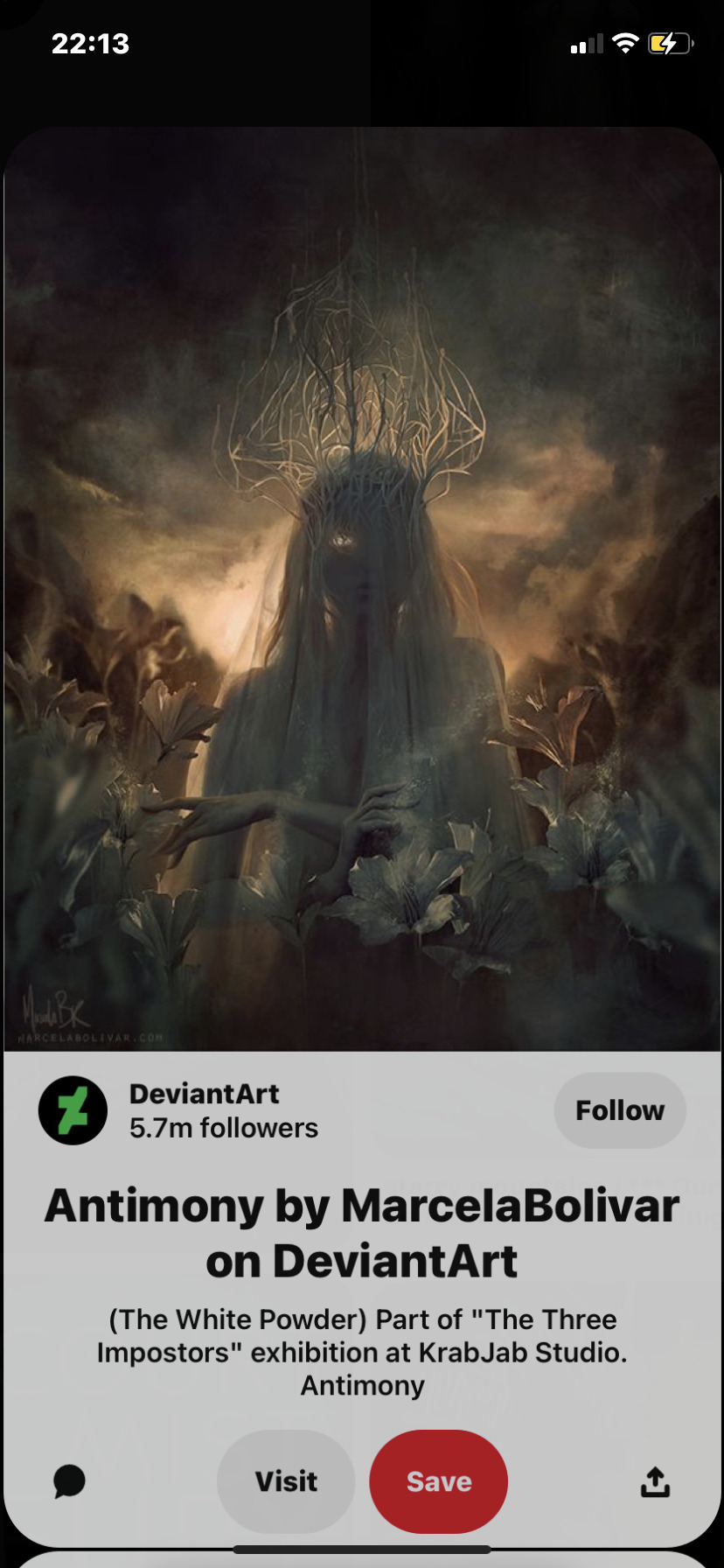
The Qliphoth are the shadow of the Sephirot, the chaotic force that exists when the Sephirah is unbalanced. Binah is the Sephirah that gives birth to form, the great mother of the cosmos, the eternal womb. Through her, the spiritual energy of Keter and Chokmah are woven into the matrix that eventually becomes matter.
In Jewish Kabbalistic cosmology of Isaac Luria, the qlippot are metaphorical "shells" surrounding holiness. They are spiritual obstacles receiving their existence from God only in an external, rather than internal manner.
Quiphoth (shadow of sephriot) = Shadowsinger
"shells" surrounding holiness = The shadows protected Azriel
They emerge in the descending seder hishtalshelus (Chain of Being) through Tzimtzum (contraction of the Divine Ohr), as part of the purpose of Creation.
Sathariel had black feathers on his wings and his body was shrouded in darkness.
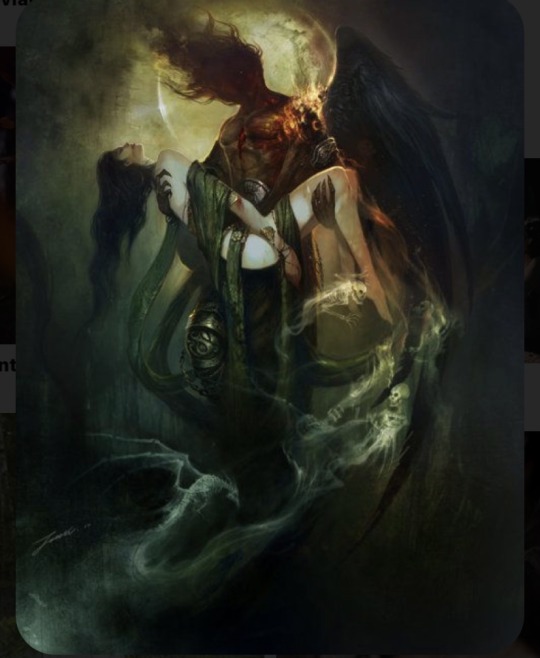
Honestly idk where tf im going with this 😩😩
I've put in far too much effort to delete it so i apologise if you've gotten all this way to be disappointed but
Conclusion:
Mor =/≠ Three fates
Gwyn = Heritage is sus? could be related to some interesting people
Azriel = Sathariel ?
If anyone has ideas to add pleaseeee tell me lol
i'll probably update this when i can be bothered
(FYI i love Gwyn and i'm not saying she's a siren or luring anyone but you've got to admit her grandmother is a sus lmao, especially with half the shit on SJM's pinterest.)
#i have not slept#this makes zero sense#acotar#azriel#azriel x gwyn#gwynriel#gwyneth berdara#azriel berdara#morrigan#acotar theory#acotar 6#acowaf#acomaf#acofas#acosf#a court of frost and starlight#a court of mist and fury#a court of silver flames#a court of wings and ruin#a court of thorns and roses
82 notes
·
View notes